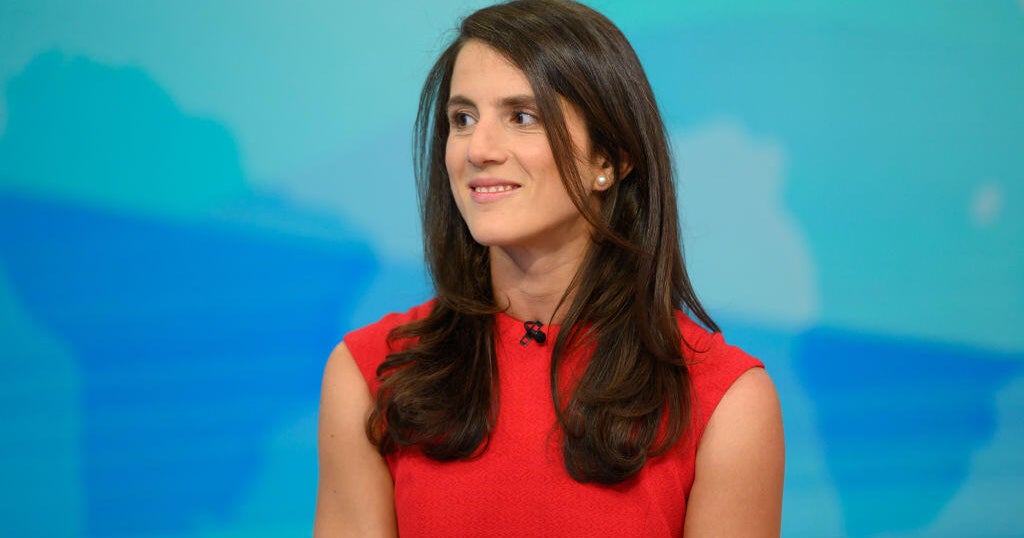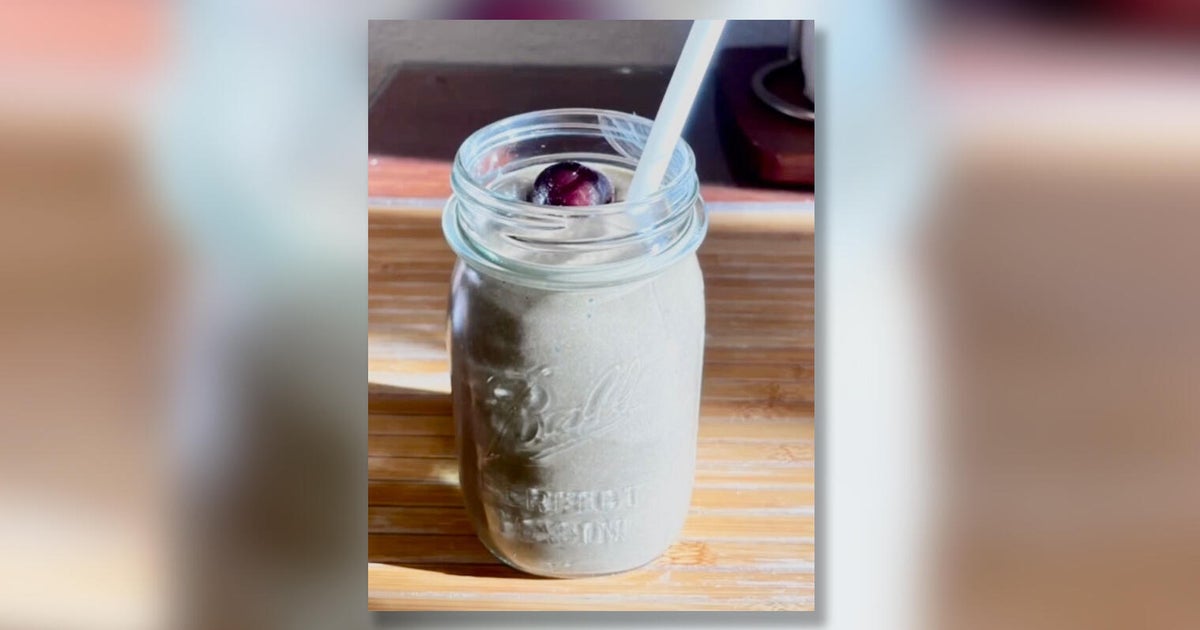Entering the front doors is like stepping into another time. Ornate chandeliers line the roof, and detailed paintings cover all the walls. Coloured light floods the room through stained-glass windows.
It feels like a building in the European countryside. But this Greek Orthodox church is a 17-kilometre drive from Melbourne’s CBD, in the outer-north neighbourhood of Thomastown.
Part suburbia, part industrial district and part parkland, the suburb is sandwiched between the better known Reservoir and Lalor. If you take a look via satellite image, the diagonal line of the Western Ring Road draws a clear divide between residential and commercial.
While there are plenty of major shopping centres a short drive away, the local high street is populated by small stores and independent restaurants. The majority of the terrain is filled with orderly streets and houses.
“Thommo” is in some ways the lesser known cousin of the outer-north. But a rich history of farming, industry and migration give it a unique identity.
Some 7.6 per cent of residents have Greek ancestry here, more than triple the national figure, according to the Bureau of Statistics. There is also a high proportion of people with Italian and Macedonian backgrounds (13.8 and 9.4 per cent respectively).
Unlike the inner-city backyards of Carlton and Northcote, the bigger blocks of Thomastown gave families room to breathe. Even more importantly – there was space for fruit trees and vegetable gardens.
That’s why so many migrants were attracted to the outer-north, says Reverend Father George Frangos, parish priest at the Transfiguration of Our Lord Greek Orthodox church. And it’s why so many have chosen to stay.

The local library in Thomastown, in Melbourne’s outer north. Credit: Joe Armao
“This is their little village … It’s almost a representation of a village back in a home country,” Frangos says. “Thomastown is probably one of the only places in Australia, I’d say, that you wouldn’t need to speak English.”
Seventy-two per cent of Thomastown households use a different language, ABS data says. The most popular are Arabic, Macedonian and Vietnamese.
“The doors are always open. So we see people from different cultures,” says Frangos of his parish.
“It’s nice to see people all mixing up. There’s a lot of love and a lot of respect … it’s all just a big melting pot. We all kind of get along.”
Thomastown’s beginnings
Thomastown sits on the traditional lands of the Wurundjeri people, who lived along the offshoots of the Yarra River. While nearby Bundoora and Mernda have names inspired by the Woi wurrung language, the suburb is believed to be named after the Thomas family from England, who farmed fruit in the area during the 19th century.
A German settlement was established in 1849. Then named Westgarthtown, this group of migrant families built homes, a church, a school and cemetery from bluestone – a rock which remains common in the area today.
A thriving dairy industry became the linchpin of Westgarthtown’s fledgling economy in the 19th century. Milk from the farm was sold at Pura Dairy in Preston from 1934, a product which is still available on shelves today.
Some of Westgarthtown’s buildings still remain, and sit directly on the border between Thomastown and Lalor. One of the historical residences – Ziebell’s Farmhouse – is owned by the City of Whittlesea and operates as a public museum. Another four are privately owned.
Those century-old houses are scattered around the quiet suburban neighbourhood, in some cases blocks away from the main museum site. They mostly lie under the radar among streets of modern brick homes. A small park behind Ziebell’s farmhouse is all that remains of the 102 acre property of the past.
“In current times in Thomastown life, it’s become sort of treasured. It’s also still mysterious, and a bit of a hidden secret,” says museum director Lyndel Wischer about the precinct.
“People when they get here sort of let out a sign of relief, saying: ‘Oh, it’s like an oasis. I didn’t know it was here’ ... I think we’ve got a lovely point of difference here in suburbia, to say this is how people lived in past eras,” she says.
Industry and production
From its humble beginnings as a farming area on the edge of Melbourne’s urban sprawl, Thomastown grew into a hub of industry and food production.
Goodyear Tyres had a production plant on the edge of the suburb’s industrial district during the late 20th century (with an aptly named Goodyear Drive now marking the former site). Streets Ice Cream also had a factory in the area at a similar time.
While many bigger companies have since moved production further afield or overseas, there’s still a strong industrial culture in Thomastown.
Loading
It’s home to the main manufacturing plant of glue company Bostik. Bertocchi Smallgoods, known for its Christmas hams and pork products, has had its head office and processing facilities in the suburb since 1972.
In a different industrial estate on the other side of town, a slice of Italy can be found among barrels of fresh mozzarella and burrata at That’s Amore.
The artisanal cheese company was established by Sicilian-born Giorgio Linguanti in 2008. It has produced its own dairy products in Thomastown since relocating its factory there in 2015.
Chief executive Marco Alghisi says that Thomastown’s large Italian population has always been the backbone of the company, but it is also being embraced by the wider community.
“The Italian atmosphere that you can create around the food is something that is really attractive for many people,” he says. “It’s clear that Italian food is starting to be a [mainstay] at the table of the Australian”.

Marco Alghisi, the CEO of That’s Amore.Credit: Simon Schluter
In August 2015, the factory opened an adjoining deli that serves freshly made cheese and Italian produce. It’s since grown to be a destination eatery, and even welcomes thousands of people each March for its annual Ricotta Festival.
“We brought something unique to Thomastown that attracts people to this area. Otherwise, there’s not really any reason why people come to Thomastown, to be frankly honest with you,” says Serena Zen, head of marketing.
Other cheese factories also operate in the suburb. Florida Cheese moved its operation there in 1998, while Pantalica Cheese also has a local manufacturing facility. These factories are indicative of Thomastown’s historical connection with the dairy industry.
“It’s a big area … there were a lot of Italian migrants who settled here and started businesses near where they were living,” says Zen.
“Thomastown has a lot of food manufacturers … It’s good to be near the city … It gives you more contact with the final customer.”
Zen, who lives across the border in nearby Lalor, also says the That’s Amore eatery fulfils a rising demand for modern venues within the suburb.
“A lot of young families are moving into these areas, and you see a demographic change,” she says. “All of those young families are looking for places to have a good brunch. And there’s nothing around. But we’re here.”
Roads and Transportation
Thomastown station, located on the Mernda train line, was rebuilt and modernised in 2011. Keon Park station is also located in the suburb’s south, on the border with Reservoir.
The area is serviced by the Western Ring Road, which connects Melbourne’s western and northern suburbs, although it often faces criticism for heavy traffic. Stalled plans to build an Outer Metropolitan Ring Road would link the Princes Freeway to Thomastown, likely easing congestion for drivers.
For Chris Scull, who grew up in Thomastown and now volunteers for the Whittlesea Historical Society, his local transport network is convenient when compared with some other outer Melbourne suburbs.
“It’s good because you’re on the city fringe,” Scull says. “I can go 10 minutes towards Bundoora and there’s a huge park over there … But you’ve also got good transportation links.”
This urbanisation would have been unimaginable during the early twentieth century, when Thomastown was little more than a farming town. It wasn’t until the mid-1900s that it experienced a population boom. Historical census data shows that only 1500 residents lived in Thomastown in 1954. Today this number has ballooned to over 20,000.
The area has changed a lot since Scull’s childhood. But he says that this isn’t necessarily a bad thing – the suburb still has plenty of room for growth.
“They’re still filling up little pockets that are left … Some of the flats around Station Street and some of the houses there, I don’t see why you couldn’t knock them down and put some decent apartments in.
“A lot of the houses here are the same age as me, so they’re getting to be 50 years old,” Scull says. “And it’s not really sad because they’re not great”.
Modern Thomastown
Liz Skitch moved to the outer-north suburb a decade ago, shortly before the birth of her first child. She and her partner fell in love with a house with a backyard so big that it was “basically a paddock”. They put in an offer straight away.
“At the end of the day, we couldn’t afford Preston. We were in a share house in Preston, we were about to start a family, and we looked just a little bit further out,” Skitch says.

“There’s no snobbery. That’s what I love,” says Thomastown local Liz Skitch.Credit: Joe Armao
But while the house (a triple-fronted brick veneer, with plenty of fruit trees and grapevines) is what brought the young family to Thomastown, Skitch says that the community is what made her want to stay.
“The minute we arrived, all the neighbours came to meet us. Old Frank around the corner was giving me lessons on how to bag the grapevines … and his wife, Theresa, was teaching us how to make sausages,” she says.
Skitch now manages the Thomastown Neighbourhood House, a not-for-profit organisation that runs programs from a room at the local library. She’s passionate about engaging the community, which she says is evolving but still remains the culturally rich place it has always been.
“It’s kind of a sad time because a lot of the oldies are dying and selling up. But it’s an exciting time because you’ve got the funky new families moving in, and we’re seeing more diversity.

A women’s painting circle session at Thomastown Neighbourhood House. Credit: Joe Armao
“We were really excited around the time of the [plebiscite] on gay marriage, when we started to see yes voters in Thomastown. It’s becoming more progressive.”
Skitch and volunteers at the Neighbourhood House have even invented a special nickname for their suburb: Promisetown.
“There’s no snobbery. That’s what I love … it’s really down to earth. It’s always been a place for underdogs,” she says.
“It’s the land of opportunity.”


















































